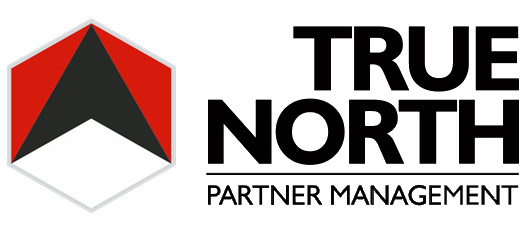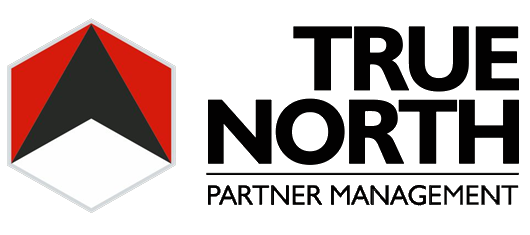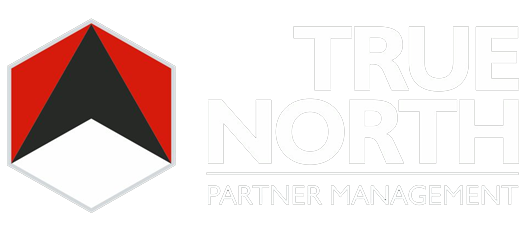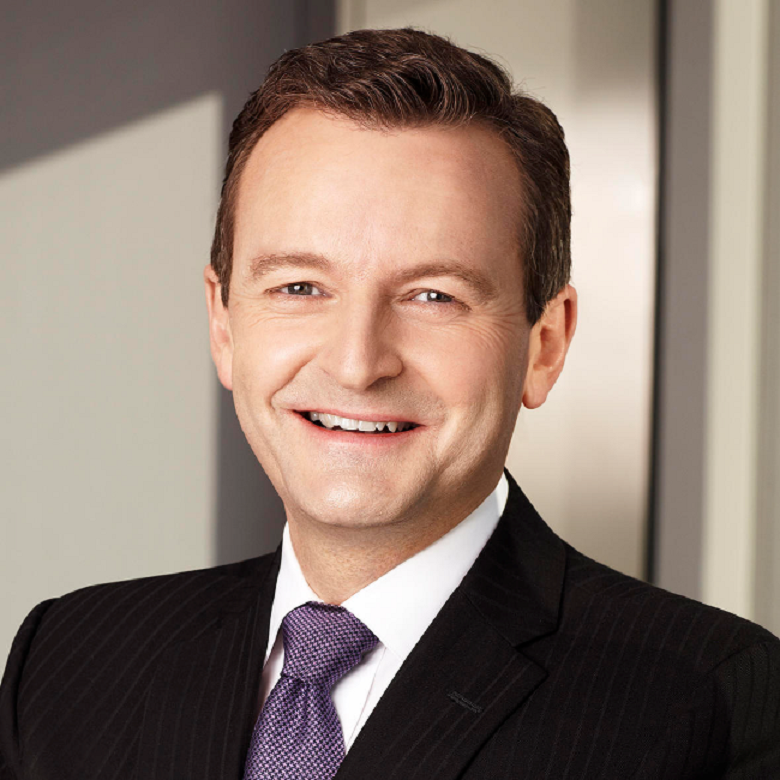The following post originally appeared on Forbes | July 20, 2015
If you want to go East, don’t go West. ~ Ramankrishna
Though strikingly simple, Ramankrishna’s point is a powerful one, especially when applied to the global legal market. While the U.S. still produces the majority of the world’s legal work, the explosive growth of China’s economy, and its sheer size, make it a very real contender as the machine of globalization grinds away. It is a young legal market and is ripe with opportunity, but practicing there has proven to be difficult for many Western firms.
Successful practices require an implicit understanding of the nuances of Eastern culture, and that of the various regional sub-cultures. This is easier said than done. Further, the economics are quite different from those of the U.S. or numerous European markets. Many Western firms have set up offices in China to facilitate Western-based work in China. This is a far cry from setting up an office in China to do Western-based and purely Chinese work, in China. Without a clear way to delineate – separate – profit pools, purely Chinese work can negatively impact Western profits. Or, if purely Chinese work is billed out at Western rates, those clients tend to move elsewhere.
While the U.S. is still the big kid on the block – and this will likely not change any time soon – China is an increasingly important player in global economics, and as such, will play a bigger and bigger role in shaping the global legal industry. To better understand the challenges associated with practicing there, today I speak with Stuart Fuller, global managing partner of King & Wood Mallesons, the largest China-based law firm in the world. See our exchange below:
On The Growth Of The Asian Legal Market
Parnell: The Asian legal market is young. It’s very young when you compare it to the U.S. and the U.K., in particular. It’s also growing very fast. What are some things that might slow the growth in Asia?
Fuller: Well, there are general trends that affect any business growth. Slow GDP growth or global volatility affects the confidence of clients to do deals and therefore slows the development of the market. So we watch those global macro trends closely.
The second thing, David — and this is what is unique about Asia — is that the legal profession is much younger, and therefore the lawyers and the legal profession are still developing their roles in the market and the economy. In some Asian countries and Asian markets, lawyers are regarded very differently from lawyers in the U.S. or Europe where they’re seen as absolutely necessary business partners; they are fully entrenched in the way that business is done. In fact, I think that the U.S. law firms have an incredibly powerful model in how they’ve managed to entrench themselves into every aspect of business-, regulatory-, and government-life. But that is still developing in Asia.
As the law firms improve their quality, and the value that they can bring to clients, I think that will improve the standing of the profession. If the firms don’t continue to improve, don’t internationalize, don’t create that value, then that will slow the growth of the legal market because the clients won’t change their perception of what the law firms can and can’t do. And that’s a really important point because the profession is in many ways in a formative state in many countries in Asia, so it’s really up to the profession to show what it can do for clients, which makes clients value it, and therefore want to engage more proactively with lawyers.
The last factor is liberalization. Some markets are open. For example, foreign firms can openly practice in China. Malaysia has just partially opened up its legal market. Singapore is liberalizing its market on a different model. And in India, foreign firms can’t practice at all. So the market’s development is affected by its rate of liberalization of allowing foreign firms to practice in those countries, which in fact forces the local firms to improve and develop.
A closed market is very good for the local profession because it’s effectively a protective mechanism and allows the local profession to stand on its own two feet. But competition allows the local firms – and requires and forces the local firms – to develop. And of course that makes the whole market develop.
On Challenges Western Firms Face In Asia
Parnell: With the challenge of practice development in mind, navigating the massive disparities in culture is one major challenge that I know some firms have struggled with. But from your viewpoint, what are the things that the Western firms are missing when they’re trying to do business over there?
Fuller: It’s interesting because some of the U.S. firms are either pulling out or delocalizing for two reasons. Firstly, the market is just too difficult for them. Secondly, they’re doing so well in the U.S. that the home market is simply more attractive than offshore markets, which I can understand, but which is relatively short term thinking.
Asia is not just one market. You just made that point. There are many and varied markets in different stages of development, so you can’t take a “one size fits all” approach in Asia. You actually need to be in Asia to understand Asia. You cannot look at it from a distance, or certainly run a business in Asia from a distance. So, unless you are actually in Asia and focused on Asia and the different markets in Asia, it’s very difficult to understand the different markets, their stages of development, and how you need to run your business in those markets. And certainly you can’t do that from London or New York. That’s a fundamental point.
Secondly, it’s a business model issue. If you come into Asia and run a Western business model, then you are likely to lose money. That’s quite difficult for many of the international firms because they have such powerful and strong business models in their home markets, and they export them to the rest of the world.
Thirdly, some markets are more developed than others, so if you come into Asia and think that because the law firms are younger, that they are less developed, or frankly, in some ways less professional, then you’ll be surprised. There are firms here — us for instance — who have 1200 lawyers and 2000 people across 12 cities in China alone. We have an impressive international business in China operating at an international standard. There are a number of firms across the market like us, and I think that is a surprise to Westerners.
Last but not least you must have local market relevance. Deep local capability and a global platform is what we believe you need in Asia going forward. Simply coming into Asia and doing cross border work will work for a particular period of time, but as the local firms continue to improve, and particularly as the competitive difference shrinks between the established global firms and the new firms in Asia, the differentiator will be “Do you have local depth? Do you know the clients well? Do you know the market well? Do you know their culture? Do you know their people? Do you know how they want deals done? And then, can you follow them globally?”
And for Western business coming into Asia, the big thing you need to know is how to get things done. The system is different. It’s the lore as much as the law. Unless you have that local depth and that local capability, you can’t give the same insights to the client. So I think that’s where there’s going to be some difference.
On Vereins Within The Global Elite
Parnell: When I look out to the future of the “global elite,” I can’t help but think that the verein model will play a significant role that. Using the Big Four as a compass, they use a verein model or some variation of it – a cooperative, for instance. You are a verein, so I think I can reasonably guess your thoughts on this, but if you could talk to me about that…
Fuller: Yes. Look, these days you need more, not less, flexibility in your business model. You need to be able to adapt quickly and react quickly. And having a verein gives you flexibility in your business model. The one-firm, or the one-profit-pool firm, struggles to run everything on the same basis and on the same business model. In the past it has been an incredibly powerful model, but going forward where there are markets with much greater volatility, and also, different levels of development, getting a one-profit-pool, one-firm model to work across diverse economies and diverse cultures is increasingly difficult.
On Advantages Of The Verein Model
Parnell: So, from your viewpoint, what are some of the advantages of the structure? Could you articulate those for me?
Fuller: Yes. Flexibility — no doubt about it. The main reason we use the verein is because of China’s regulatory scheme. The verein is the only structure we could use to combine an Australian and a Chinese firm because it meets the regulatory requirements. And secondly it gives flexibility around financials and pricing. Different markets in different stages of development require different rates and different pricing models. And the verein means you can have flexibility in the way that you price in different markets, and for different types of clients, and the different economics of those markets, and also the different exchange rates across those markets.
On Integration Within The Verein Model
Parnell: One of the primary attacks on the verein is that is undermines, if not prevents, the integration of the firm and its partners…
Fuller: So, I’ll give you the King & Wood Mallesons approach: We look at it very much as a legal, tax, and regulatory structure; not a structure that drives the approach of the firm around integration across a number of different areas.
We have a stated strategy that we want to be a fully functionally and financially integrated firm that exists within a verein structure. This is because we think that the verein structure is there to serve a purpose around regulatory, tax, and legal, but it doesn’t drive the psychological approach of King & Wood Mallesons to be one team, and one-firm, and to do things on an integrated basis. And I think that’s where it’s a very, very misunderstood structure.
People can very quickly get into the “It’s just a franchise;” “there’s no consistency;” “there’s no integration.” But if you look at a number of other big verein firms, they’re very integrated across their businesses in terms of brand, practice, client accounts, and back office management. And the underlying structure is only relevant to the firm in terms of its legal or regulatory and tax structuring, and has no relevance at all to the client. You don’t hear any client of any accounting firm talking about the accounting firms being vereins, or being holding company structures, as you pointed out right at the start.
None of our clients focus on the structure of the firm. They focus on whether the firm is doing good work for them. So I think the legal profession gets incredibly caught up on this structure.
On Creating Consistency Of Work Product Across Borders
Parnell: We don’t have to go terribly deep into this because it may be a Pandora’s box, but two more primary challenges — in the media, at least — to the verein are the consistency of the feel and quality of work across borders, and cross border incentives. But regarding the consistency of work quality and the “feel” that someone would get from a King & Wood Mallesons attorney in China or Australia, for instance, what are some of the things, at a higher level, that you are doing to ensure that the feel is the same? That the quality is the same? That the procedural underpinnings are the same?
Fuller: My international board — the international management committee — is the global governance of the firm. Its main driving force for the firm is quality, consistency, and efficiency. We must improve our quality across the whole firm. We must have consistent quality and a consistent client experience across the whole firm. And we must be efficient and effective for our clients in doing deals and how we run the business. They are 3 very clear markers that the international board has laid down. And that will take a period of time to achieve as it is with every firm. In fact, whether you are a verein or are one profit pool, getting consistency across a firm is a common challenge we all have.
We do this in a number of ways. We have the same brand across the whole firm – the firm’s name and the firm’s brand.
We operate risk on a global basis. We have a common professional indemnity policy. We have a global head of practice risk. His job is to make the way that we do things in practice for clients and across the firm consistent.
We have dealt with conflicts on a global basis right from day one and have one conflict policy across the whole firm.
We have global practice teams with global practice coordinators that run those practice teams on a global basis. We have global client account management across a number of our clients.
We approach pricing and billing as one-firm.
We transfer lawyers and partners around throughout our different offices. So last year we transferred 53 lawyers across the firm including 14 partners from one part of the firm to another. And we did a further 28 in our first quarter this year.
We’re looking to build common infrastructure across the firm. The support services that operate across the firm – [information technology], [business development], finance, people, and development – we are looking to integrate those across the firm.
So where is the verein from a client perspective? The drive towards quality and consistency is all aimed at driving as one team, one-firm. And, in fact, of our six values across the firm, a key value is “one team, one-firm,” and another is “excellence and innovation,” so that we drive the whole firm towards consistency and quality. That’s not very well understood outside the firm.
For a lot of people who don’t understand vereins, or don’t understand us, it’s very easy to fall into the traditional approach of “A verein is like a franchise and therefore it’s not run as one-firm.” Or it’s not seen as one-firm, so, therefore it’s an inferior model. And I think not only us, but a number of the other big global firms that use a verein structure actually run themselves as globally integrated firms, but just use this different structure for flexibility.
On Cross Border Incentives
Parnell: Cross border incentives is another major area of criticism: “In most vereins, there aren’t cross border incentives, so the work doesn’t ever actually get sent across borders.” What’s your response to that?
Fuller: What needs to happen in any law firm, in my view, David, for work to flow well around the firm is the existence of relationships, trust, and confidence between the partners. A partner sitting in New York wants to know that that partner in London is going to do a good job and not make the partner in New York look bad before referring the client or its work. So this flow of work, whether joint work or referred work, comes out of relationships between partners and trust and confidence, and the mutual desire to grow a client relationship. Financial is one part; I’ll come onto that; but unless you get that trust and confidence, all the financial incentives can be in place and they won’t actually unlock the work. So the big challenge in all of this — and we’ve got 577 partners now — is actually merging their relationships and their talent.
Secondly, you get a lot of that trust and relationship by doing joint matters. So we focus very much on cross-border work where it involves multiple jurisdictions of the firm, because then we have partners and lawyers acting for the same client on a common transaction together. And being in the trenches on a transaction focused on doing a great job for the client is the best way that you can integrate a law firm. Partners and lawyers get to know each other very well when they are on the job helping out a client.
Last calendar year we saw a 133% increase year-on-year of joint matters and referred matters across the firm. We went from about 390 matters in calendar year 2013 to nearly 800 matters in calendar year 2014. And they are actual transactions, not just speculative inquiries referred from one part of the firm to another. We don’t even track the speculative inquiries. We only track the conversion into a file, a matter, working together, and ultimately revenue.
The numbers on what we’re achieving speak for themselves. And then we say two things to our partners, which take into account some of the criticism about the financials: “When we assess you, we’re going to take into account the referrals and the joint work that you do so that when you get assessed in performance as a partner, which flows into your remuneration, we will take into account joint work and referred work; work that you create and work with other partners in the firm or send to other parts of the firm.”
And if we say to the partners “We want you to do this work as an investment,” which is at a discount, for example, to build a strategic relationship with a client, or a strategic type of transaction, or build our deal book, and the partner needs to give an aggressive price, we say, “We will give you credit for that price so that you don’t get adversely affected in your assessment and your remuneration.” And we’ve done that very decidedly. Not to drive the partners to create the work, because we think that’s happening anyway, but to give the partners comfort that the firm fully supports them in building a strategic deal book, or a client relationship, or in fact, the brand of the firm.
On The Global Legal Market In 10 Years
Parnell: What do you see the “global elite” looking like in 10 years?
Fuller: I think there will be probably 10-15 truly global elite firms. But the idea of “global elite” will change. It will be a mixture of local depth and global capability, rather than being deep in one market and then shallow in a number of others. And I think that — not just talking my own book here, David — you’ll get a greater mix there. There won’t just be Western-developed firms. You’ll get a greater mix of the Eastern Hemisphere and Southern Hemisphere thrown in there. So I think the mix of them will change.
Our strategy is to be a top 15 global elite firm, because we think that’s how the market will be able to differentiate us. This whole idea of “global” and “local,” and having local market intelligence is going to become far more important because clients, frankly, now just want to know how to get the deal done and don’t focus as much around the beauty of the law. So again, we focus very much on AQ — it’s Asia Intelligence — so we can bring insights and depth to our Asian clients if they go global, and to our international clients if they come into Asia.
I also think our business model will change. There will be a big drive for law firms to offer a more integrated range of services to clients. So, always the legal advice and the premium legal advice for one part, but there will also be some work around legal process outsourcing, or legal project management, which will become far more important, because a lot of the work we do, whether it’s discovery on litigation, due diligence on M&A, or some of what clients see as more “standard” work, actually needs to be put more into a process using technology as much as legal skills. So firms will have to adapt around that.
And I think we will need to have much more flexibility in our labor model: How we provide lawyers to clients through secondment models, but also the firm’s flexibility in our own labor force; an ability for lawyers to, frankly, work when they want to work and get paid on that basis, or having the firm have them available to work when the firm needs them so you get the flexibility in your labor force model.
They’re very confronting changes for law firms because they’re different from the current business model. But certainly what we see is that continuing to just run the same business model that we have run for the last 100 years won’t continue to be successful going forward. I think you’ll get a different mix of firms; a different type of capability through the local and global environments, but also far more innovation in the way that the law firms run their own businesses.
Email: [email protected] Twitter: @davidjparnell
Books: The Failing Law Firm: Symptoms And Remedies; In-House: A Lawyer’s Guide To Getting A Corporate Legal Position



